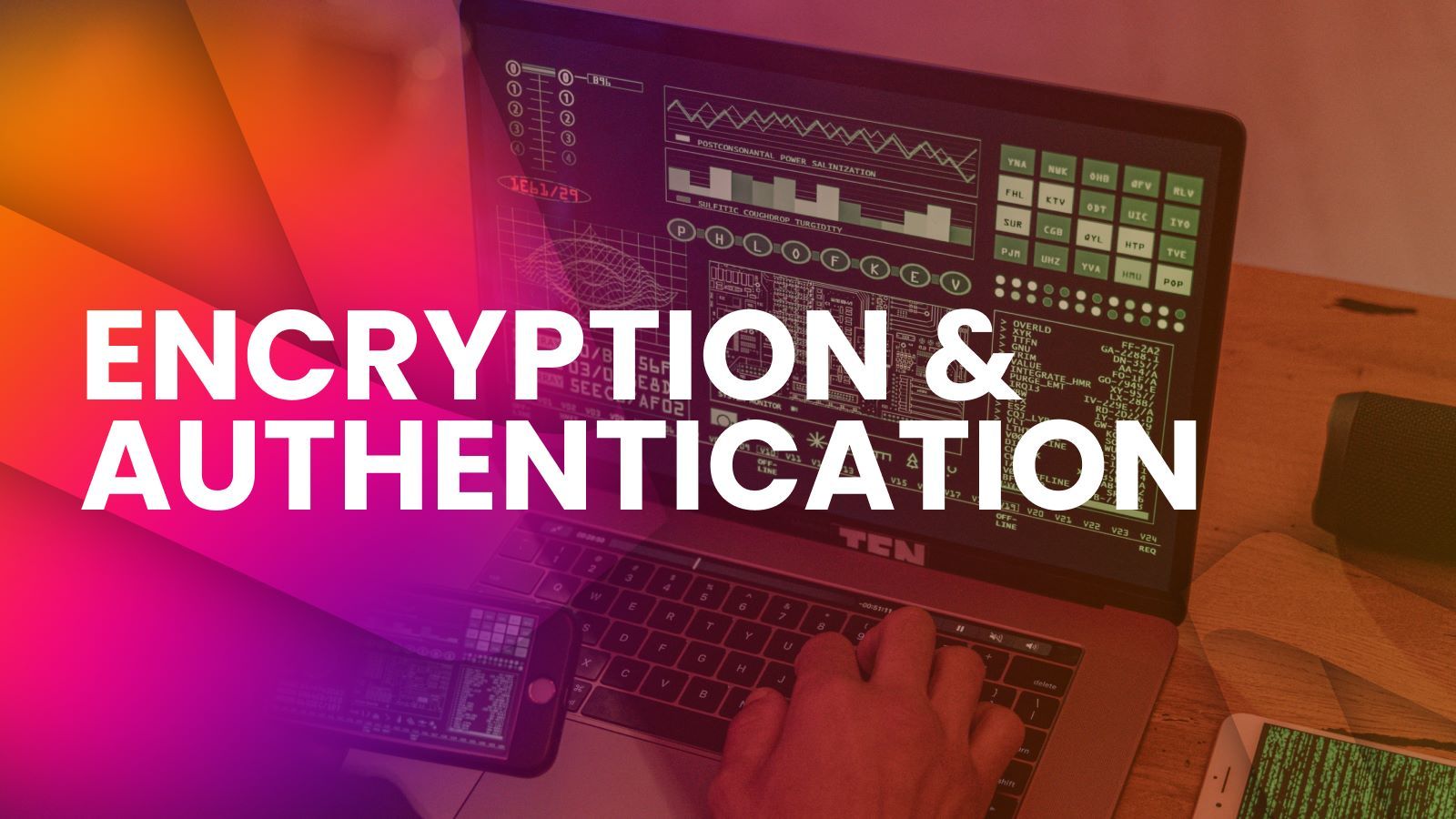In a world where data flows ceaselessly, encryption acts as a virtual fortress, shielding sensitive information from malicious entities. As we delve into the intricacies of encryption, it becomes paramount to understand not only its mechanisms but its efficacy in preventing data breaches amidst an ever-evolving threat landscape. Can encryption genuinely mitigate the insidious ramifications of unauthorized access, or is it merely a faltering line of defense in a hacker’s world?
To comprehend the role of encryption in safeguarding data, we must first illuminate the anatomy of a data breach. Data breaches occur when adversaries exploit vulnerabilities to gain unauthorized access to sensitive information. This breach, akin to a thief slipping through unguarded doors and windows, lays bare the treasures of personal, organizational, or governmental data. In such scenarios, encryption emerges as a clandestine cipher, encasing valuable data in an impenetrable shell that can only be unlocked by those possessing the requisite keys.
Encryption operates on the principle of transforming readable data—plaintext—into a coded format—ciphertext. This transformation ensures that even if unauthorized parties intercept the data, it remains indecipherable without the appropriate decryption key. This cryptographic process not only transforms the appearance of data but serves as a gatekeeper, fortifying access against malicious intrusion.
However, while encryption is a formidable barrier, it is not an all-encompassing solution. It is essential to recognize that the security of encrypted data is contingent upon a multitude of factors. One significant aspect is the security of the encryption keys. The most eloquent poem is rendered silent if the reader loses the key. Similarly, if the encryption keys are inadequately protected, the entire encryption framework becomes vulnerable. Hackers are increasingly adept at exploiting weak key management practices, often targeting the individuals who maintain access to these treasured keys.
Moreover, the implementation of encryption requires a judicious approach. There exists a spectrum of encryption algorithms, each varying in their complexity and robustness. Symmetric key encryption, wherein the same key is used for both encryption and decryption, offers speed and efficiency but is usually susceptible to key exposure. On the other hand, asymmetric encryption, which employs a pair of keys—a public key for encryption and a private key for decryption—offers a more secure, albeit slower, alternative. The choice between these encryption methodologies bears significant consequences, with flawed implementation leading to vulnerabilities that may be exploited by cyber adversaries.
Another facet worth pondering is the notion of end-to-end encryption, where data is encrypted on the sender’s device and decrypted only on the recipient’s device. This ensures that data remains concealed throughout its journey, acting as a protective cloak. However, while this offers substantial protections for communication channels, it does little to safeguard data once accessed by the recipient. If the recipient’s security is compromised, the encrypted data loses its protective garment and becomes exposed to the perilous world beyond. Hence, encryption cannot act in isolation; it must be part of a broader cybersecurity strategy that encompasses vigilant access controls and user education.
The allure of encryption is undeniable, yet it is not without its limitations. Hackers and cybercriminals are relentless, employing a variety of tactics to circumvent encryption methods. One common technique is the use of social engineering, whereby adversaries manipulate individuals into divulging their encryption keys or sensitive information. Even the most sophisticated encryption protocols are impotent against the weakness of human error. Thus, the human element in cybersecurity remains a potent vulnerability that must be addressed in tandem with technological solutions.
Furthermore, the evolution of quantum computing poses an existential threat to current encryption methodologies. Quantum computers, with their capacity to perform complex calculations at unprecedented speeds, could potentially render many traditional encryption standards obsolete. The field of post-quantum cryptography is burgeoning, seeking to fortify encryption methods against future quantum assaults. However, this transition will require significant adaptation and vigilance, as the hacking community remains astutely aware of the impending changes.
As we navigate this convoluted labyrinth of data protection, it is prudent to acknowledge that encryption is not a panacea but rather a crucial component of a multifaceted cybersecurity paradigm. The interplay between encryption, effective key management, user training, and ongoing technological evolution creates a synergy that enhances data protection in our increasingly perilous digital realm.
In conclusion, encryption remains a vital bastion against data breaches in a hacker’s world. Its efficacy is contingent upon careful implementation, robust key management, and an overarching security strategy that utilizes a comprehensive approach to cybersecurity. While encryption shields data from prying eyes, the relentless advance of hacking techniques underscores the need for continuous diligence and adaptation. Ultimately, the duality of encryption as both shield and susceptibility illustrates the complex dance between security and vulnerability in our ever-evolving digital age.









Leave a Comment